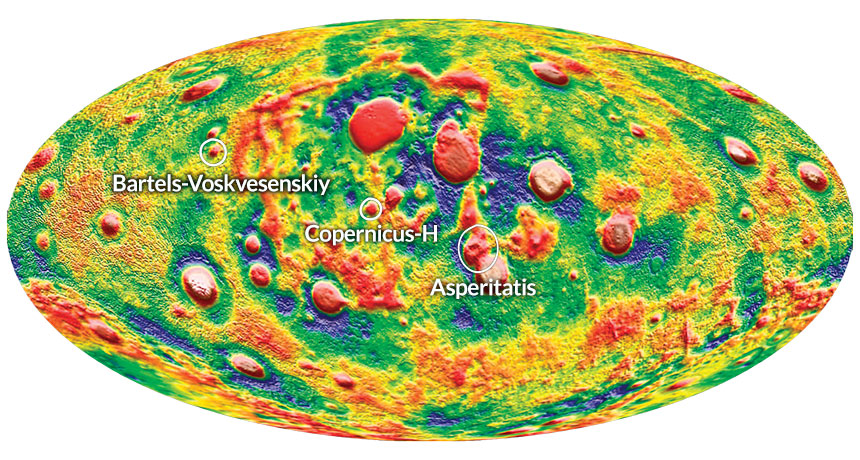
Probes unveil three hidden blemishes on moon’s face
Science News, October 2015Gravitational tugs on a pair of spacecraft have revealed previously unseen blemishes on the moon’s face.

Gravitational tugs on a pair of spacecraft have revealed previously unseen blemishes on the moon’s face.
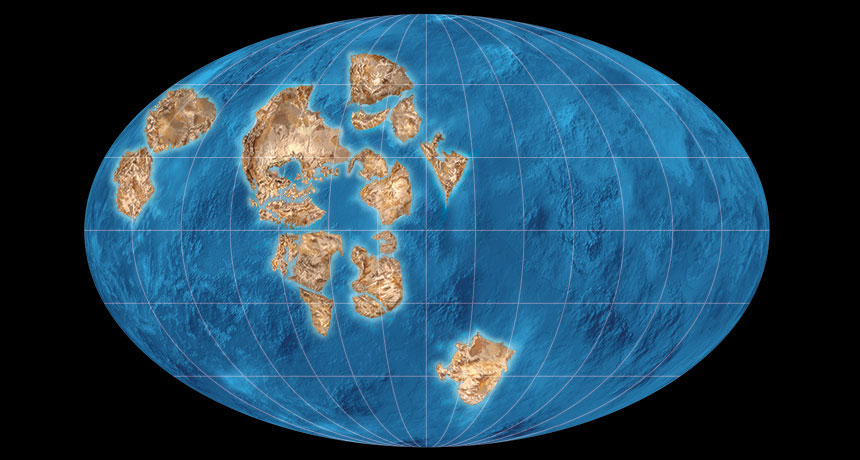
Earth’s long history starts with an epic preamble: A collision with a Mars-sized space rock rips into the young planet and jettisons debris that forms the moon. Over the next few billion years, plot twists abound. The oceans form. Life appears. Solar-powered microbes breathe oxygen into the air. Colossal environmental shifts reshape the planet’s surface and drive the evolution of early life.
A feature article on Earth's so-called boring billion, a seemingly uneventful time in the planet's history that's now the setting of a fierce debate between scientists over what delayed the rise of animals: evolution or the environment.
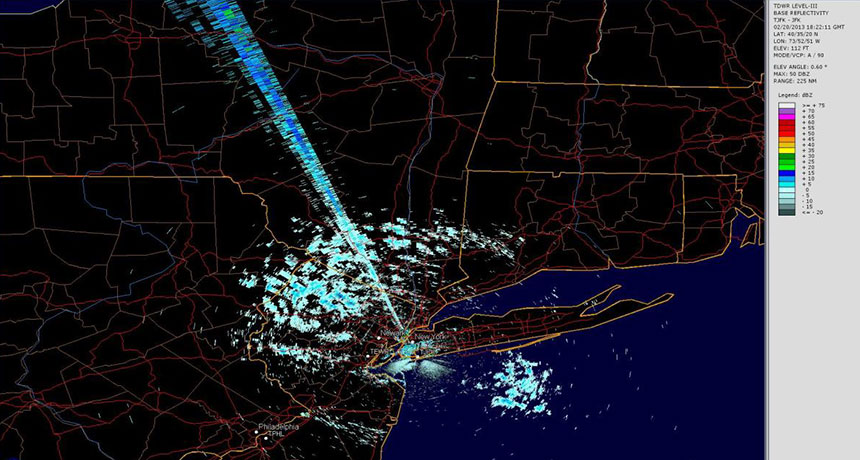
Wireless technology dangerously clutters the airwaves that meteorologists rely on to monitor thunderstorms, hurricanes and tornadoes, blacking out large swaths of weather radar maps.
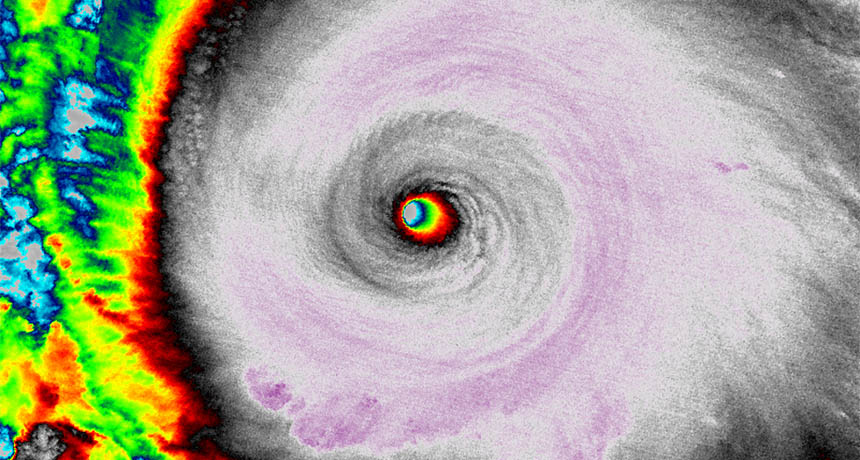
Hurricane Patricia is now the strongest hurricane ever recorded in the Western Hemisphere, with maximum sustained wind speeds reaching 325 kilometers per hour (200 miles per hour), the National Hurricane Center reports.
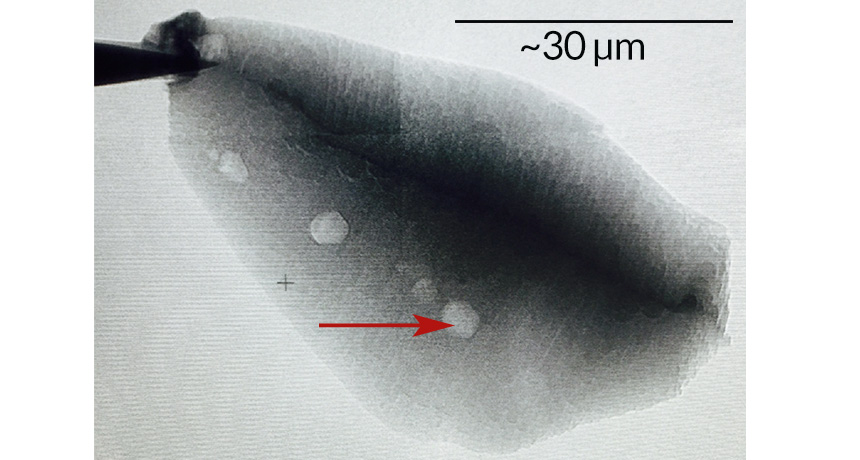
New evidence suggests that life on Earth arose before 4.1 billion years ago, 300 million years earlier than previous estimates.
Adapted for Science News for Students.

Weather watching may soon be for the birds.

The Black Sea’s toxic underside is approaching the surface, new research finds. Comparing measurements collected from 1955 through 2013, researchers discovered that the sea’s oxygen-rich top layer shrank by more than a third from 140 meters to 90 meters deep. That oxygenated layer supports a marine ecosystem and separates the atmosphere from the world’s largest reservoir of poisonous hydrogen sulfide gas.

Large lakes once wet the Martian landscape for thousands of years at a time, new evidence suggests.
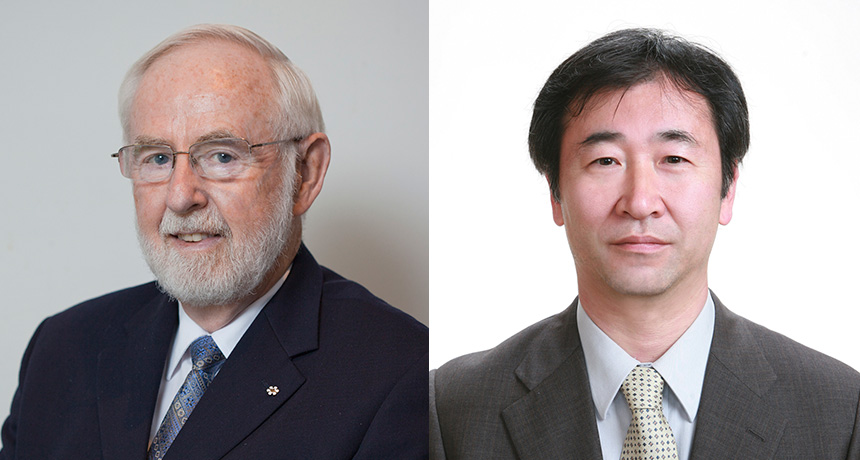
Capturing the identity-shifting behavior of neutrinos has won Takaaki Kajita of the University of Tokyo and Arthur McDonald of Queen’s University in Kingston, Canada, the 2015 Nobel Prize in physics. The scientists spearheaded giant underground experiments that revealed that the elusive particles morph from one variety into another. Those crucial findings demonstrated that neutrinos have mass, which confirmed many physicists’ suspicions but defies the standard model, the framework that predicts the properties of nature’s particles and forces.
Co-written with Andrew Grant.
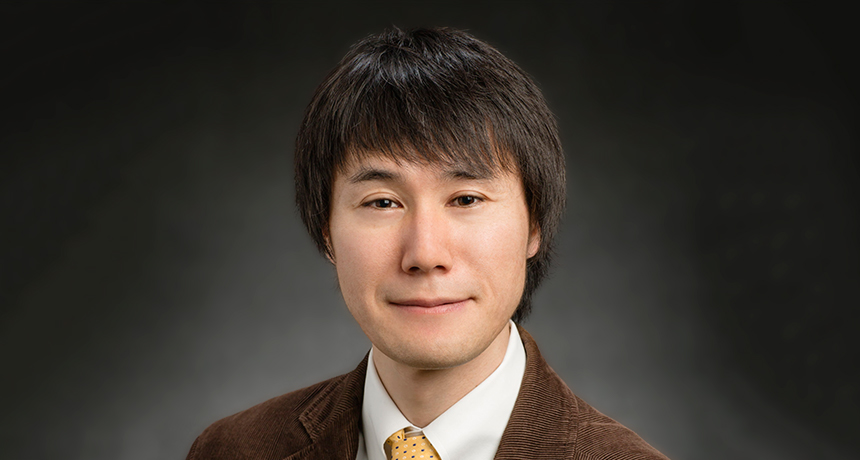
On the boundary between the quantum and everyday realms, things don’t always make a whole lot of sense. The bundles of particles that make up materials behave in ways both unexpected and unexplained. This is the weird world that theoretical physicist Shinsei Ryu hopes to bring into focus.